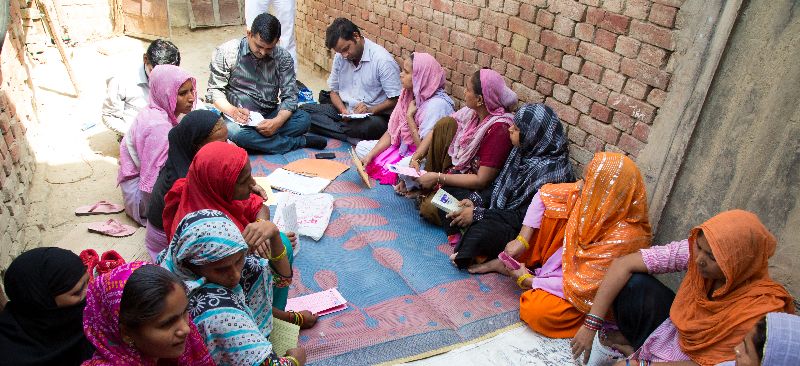In this video, Pamela Champagne, Consultant, ShoreBank International, explains the importance of process mapping for MFIs and the benefits these could provide to the MFIs. Pamela emphasises that process maps can be used for various purposes such as staff training and orientation, to help visualise processes in their future state without making major capital investment etc. MFIs gain a lot because of process map as it helps them to improve account opening efficiency and cut cost. She also discusses the optimisation of efficiency and risk through process mapping.
Blog
Internal Audit and Risk Management in MFIs
This video talks about Internal Audit and Risk Management where Pamela Champagne, Consultant, ShoreBank International, discusses the key components of Internal Audit System. She explains the reporting structure of Internal Audit, the staffing required and how to make the audit effective. She further discusses the responsibility of various stakeholders in risk management and how BoD through oversight can help in managing risks. She also enlists the importance of risk management and the parameters to assess the quality of internal controls.
Creating a World Without Poverty Q&A Part 6
In this video series-6, Dr. Yunus continues answering the questions of participants ranging from balance of economic and environmental interests to use of microfinance in genocide affected regions of the world
Creating a World Without Poverty Q&A Part 5
In this video series-5, Dr.Yunus answers the queries of the audience and encourages youth to take up designing social businesses. He also talks on the issue of abuse of microfinance.
Delinquency in Self Help Groups
This IFN focuses on identifying delinquency in SHGs, delinquency management and current delinquency management prevention strategies currently being undertaken by banks, SHPIs and MFIs. The note provides practical recommendations on the need to track individual repayment behaviour along with group repayments. There is also need for periodic SHG performance assessment and portfolio quality monitoring. In addition the note also describes group member’s psychology of paying less attention to internal loan repayment as compared to loans taken from external borrowers (financial institutions – banks, SHPIs, MFIs). Peer pressure and other informal means of ensuring repayments by group members also provide an overview to delinquency mitigation strategies at group level. As far as the banks are concerned, the provision of subsequent bank loans acts as a pressure for group members to make timely repayments. There is a need to better repayment discipline towards internal loans, unless addressed could later affect the repayment of SHG’s external borrowings
Creating a World Without Poverty Social Business Part 4
In this video series-4, Dr Muhammad Yunus describes the social business ventures of Grameen Bank in Bangladesh and how it is contributing towards the development of people. Starting with the motto of business, Dr. Yunus goes on to explain the basic nature of human being and connects it with business endeavours. Further, he discusses the concept of social business and how does it work. He also shares his experience with successful social enterprises in Bangladesh.
